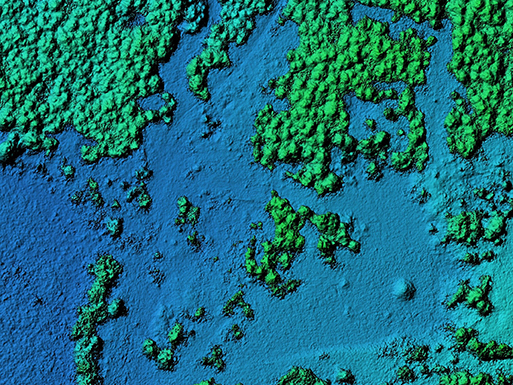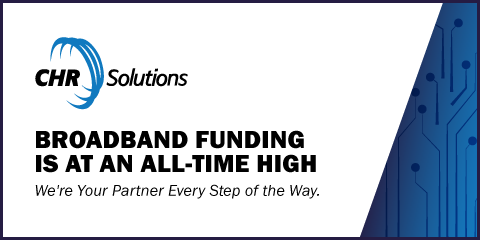Build it and they will come?
Harnessing Geospatial Technology
By: Barak Harlan

Good planning in fiber deployment requires having up-to-date detailed maps that can be trusted. In fact, reliable mapping is critical to nearly every aspect of a fiber broadband deployment, from determining the viability of a project and budget forecasting to network maintenance and emergency response. Furthermore, building and expanding broadband infrastructure can be expensive and the need to control costs is crucial.
New advances in geospatial engineering can produce real-time data and allow for faster time to market, enhanced operational efficiencies, and better budget management. By embracing these new technologies, broadband companies can transform their traditional engineering practices into streamlined operations. Results can include significantly less dependency upon paper-based systems, while providing vast and measurable improvements in terms of efficiency in the delivery of useful and comprehensive data early enough in the process to take advantage of all opportunities.
A new way of collecting and managing data
Geospatial engineering, which involves the collection and aggregation of geographic data points, such as latitude and longitude, addresses, ZIP codes, tax information, and so on, can be a disorganized and messy affair. These geospatial data points are often collected inconsistently from a variety of sources, including the Internet, may be stored in a variety of forms, such as spreadsheets, and distributed among a variety of stakeholders, such as program managers, finance, and engineering departments. Frequently, the data are not treated uniformly, which leads to inconsistent and often stale data that’s not accessible to all the people who need it.
Building the Future of Broadband
CHR Solutions offers products and services that enable better broadband. We specialize in B/OSS Software business solutions, Broadband Engineering services (including outside plant
and network design), and Managed IT and NOC services that address the operational and marketplace challenges faced by today’s Broadband providers. Our integrated business software
suite, Omnia360 provides operational efficiencies that promote an enhanced customer experience and increased revenue. Our state-of-the-art approach to how we leverage geospatial
data allows our Engineering experts to identify and implement broadband solutions that meet your technical needs, timelines, and financial requirements. Plus, as a Managed IT
Services provider, we have the resources and experience you can depend on to enhance performance, improve operational efficiencies, and manage risk. Our approach ensures our clients
improve operations and grow revenue. Our legacy was built by providing comprehensive services to design, build and operate a network. For more information visit chrsolutions.com.
The adoption of a new geographic platform that can assist in collecting and managing geospatial data is essential for changing inefficient industry practices that have become entrenched. It’s not simply a matter of gathering more information, because information overload is an issue. It’s a matter of gathering better, fresher, real-time data that can be targeted to a specific user, while remaining consistent for all users.
The adoption of a robust geographic platform solves this problem by assembling all the collected geospatial data into a common file as a single data set, which can be used in the creation of a high-level design for a network deployment.
For example, after an engineer completes a detailed high-level design, the content can be uploaded to a geographic platform on a tablet. Field engineers are then able to walk the design area to make real-time corrections and upload them directly to the design team—there’s no longer a need for red lines on a paper plan that must be scanned and processed. Data collection and processing happen quickly, efficiently, and accurately, providing better real-time data for making more reliable business decisions.



















